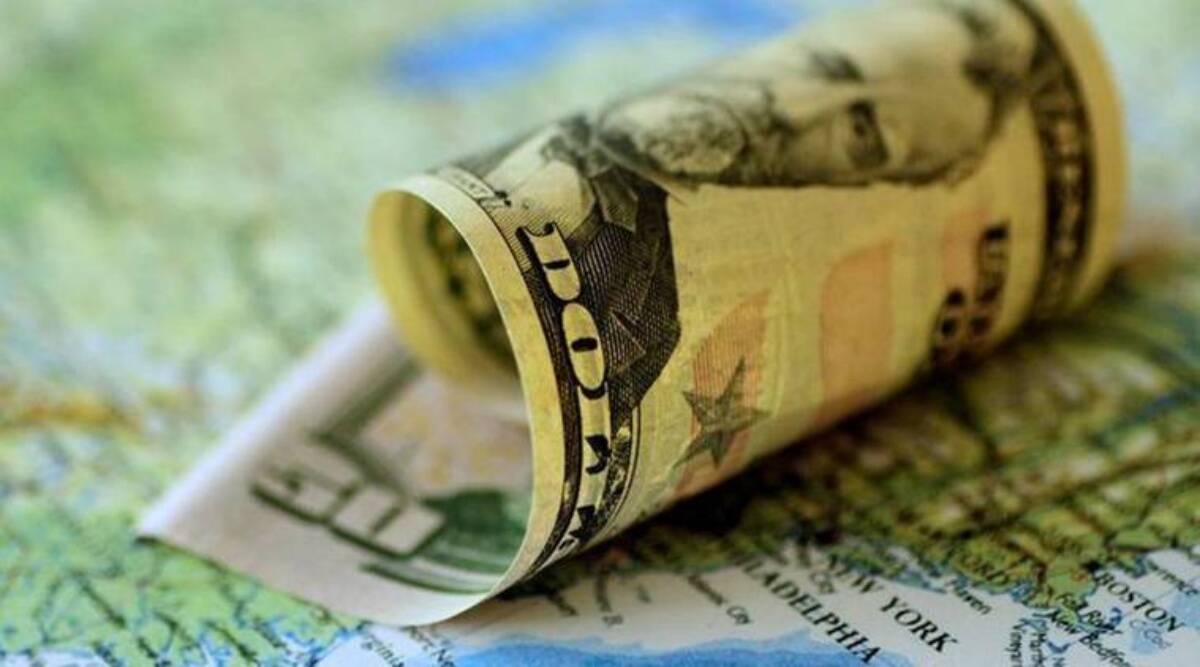India’s foreign exchange reserves increased by $1.7 billion in the week ended January 20 to $573.7 billion, as per data released by the Reserve Bank o
India’s foreign exchange reserves increased by $1.7 billion in the week ended January 20 to $573.7 billion, as per data released by the Reserve Bank of India (RBI). The reserves have increased for second week in a row, after touching five month high in the previous week.
The increase was owing to $839 million increase in foreign currency assets and $821 million increase in gold reserves. The foreign currency assets stood at $506 billion while gold assets were at $43.7 billion. On a year-on-year basis, the reserves down by $60.6 billion as of week ended January 20 while they were down $33.6 billion compared to March 31. In the past 10 weeks, reserves increased during seven weeks while decreased three times. The forex reserves saw net increase of $29 billion in the past 10 weeks.
“Net FDI flows remain strong and foreign portfolio flows have resumed since July 2022, with intermittent outflows from time to time. The size of forex reserves is comfortable,” Shaktikanta Das, Governor, RBI said at an event.
The forex reserves are impacted due to fluctuation in the dollar and the purchase or sale of dollars by RBI. A stronger dollar also impacts other currencies held by the RBI in its coffers, which are expressed in US dollar terms. Some of the currencies include pound sterling, yen and euro.
While the depreciation of rupee during the sub-prime crisis and taper tantrum was steeper, the Indian currency has shown resilience in the crisis due to pandemic and Ukraine war, Das said. The rupee depreciated by 7% in the initial part of the pandemic while it lost 9% against the US dollar during the geopolitical tensions, outperforming the currencies of most advanced and many emerging market economies, he said.
The RBI also intervened in the currency markets during this time to prevent volatility in the market. The rupee’s 1-month implied volatility touched a high of 25% in 2008 and 20% in 2013. However, volatility peaked at 10% in March 2020 and has remained well anchored, Das said.
news.google.com
